Last Updated on August 2, 2021

Welcome to The Best Movie You NEVER Saw, a column dedicated to examining films that have flown under the radar or gained traction throughout the years, earning them a place as a cult classic or underrated gem that was either before it’s time and/or has aged like a fine wine.
This week we’ll be looking at THE MISSION.
Some spoilers may be found.

THE STORY: Inspired by true events surrounding the fight of two Jesuit priests in the late 1700s to save the Guarani Indians of South America from slavery.
THE PLAYERS: Director Roland Joffe. Writer Robert Bolt. Actors Robert De Niro, Jeremy Irons, Aidan Quinn, Cherie Lunghi, and Liam Neeson. Cinematographer Chris Menges. Composer Ennio Morricone.
THE HISTORY: “It was sheer anarchy.” That was producer David Putnam, on shooting THE MISSION. Not to mention a long process, even by Hollywood standards – the project was first pursued in 1975, beginning with producer Fernando Ghia reading a 1956 play called “The Strong Are Lonely” and commissioning renown screenwriter Robert Bolt (LAWRENCE OF ARABIA, DOCTOR ZHIVAGO) to adapt the story. The two men toured the ruined Jesuit missions above the Iguazu Falls, decided to make that landscape the image the movie’s center, and seven months later a script was ready. Bolt had suffered a stroke in 1979 that not only paralyzed his right side but gave him a serious speech impediment. He learned to use a word processor and wrote the script with his left hand.
Nine years later Ghia was finally able to find financing through David Putnam, who in turn brought on director Roland Joffe (they’d previously worked together on Joffe’s Oscar-winning film THE KILLING FIELDS). Jeremy Irons was cast in the lead despite the character in the script being written as much older, while Robert De Niro was brought in not only or his talent but for the potential of his box office appeal. De Niro gave his all to the production, taking 8 weeks with Joffe to read every actor they cast and working extensively with the “maverick Jesuit priest” who worked as the movie’s consultant.
Production commenced in Colombia for a further 16 weeks, with a full 3 of those being at the falls alone. Another phrase Putnam used to describe the shoot? “Sheer hell.” Burning humidity, floods, downpours, 110-degree days, deadly snakes, mosquitos, and nearly an entire crew that ended up ill, including Putnam with amebic dysentery and two ulcers. Joffe himself was in the hospital for four days. And this was all besides the fact that – after it was too late to change – it turned out the set had been built on a major drug smuggling route, which meant that production was patrolled by Colombian troops.
At a cost of roughly $22 million, THE MISSION made just above $17 million domesticaly, was nominated for seven Academy Awards (picture, director, art director, cinematography, editing, costume design, and original score), and won one (cinematography).

Roland Joffe: I have always been fascinated by man's ability to discover justice in his own conscience. And I have always asked myself what it is that makes certain individuals capable of so much love, so much generosity, so much courage. An extraordinary example was Benito Aquino, who returned to the Philippines although he knew that he might be killed. 'If they kill me as soon as I arrive at the airport', he said, 'I want to die with my arms wide open in the gesture of embracing my earth, not with my arms closed tight in on myself'. So, these are the themes, the issues that struck me as I first read the screenplay forThe Mission , and it was these that immediately attracted me to making the film.
WHY IT'S GREAT:
The first reason to recommend THE MISSION is far and away the easiest: that it’s an adventure story set in a location the likes of which you’ve never seen before, with all the heroism, strength, perseverance, challenge, mystery, and danger that genre is known for. After an initial introduction to what makes up the more complicated side of this story, we’re introduced to mercenary man of action Rodrigo Mendoza. An expert swordsman who plies his skills in the slavery trade, he returns home to discover that his fiancée loves another man: his brother. And when he actually finds them in bed together, rage takes him over and he effortlessly, brutally kills his brother in a duel. But this passion passes, and he’s left now with so much less than he had before. No lover, no brother, only his armor, his profession, and his bloodied sword. Guilt cripples him so strongly that even after he’s acquitted of the crime he voluntarily imprisons himself. There Jeremy Irons’ Father Gabriel finds him, and finds in him an ally. If Mendoza is able to find a reason to live again.
And that’s just the beginning to a story that may not be “epic” in the sense so often used – that of vast armies clashing on dramatic landscapes, of massive ships crashing into busy cities – but in the sense of the spirit. This is “awesome” as it was known once upon a time, a film about actions done in wholehearted commitment to a cause. This is about belief – in a higher power, in other human beings, in ourselves, or in all of the above – at the most primal level. This is about someone who goes against every political and institutional force, those entities powerfully driven by the incendiary fuels of greed, power, and fear, and cruelty, and gives his life to fight them. This is about someone who feels so deeply for what he’s done that his penance bears repeating: he drags a suit of armor up the face of a waterfall. THE MISSION is vibrating on a different frequency to the reality that most movies seem to operate on, the characters and sequences with which it tells its story more bold and passionately alive than what mainstream cinema generally offers.

Roland Joffe: I learnt a lot from the Guaraní. I was left with the sad knowledge that the serenity of their life depended on the size of the community. When one of them came to London, he told me that we were too fertile. How, he asked, could we know and love one another when there were so many of us.
There’s a complication to all this, another layer: the movies introduction, both in its opening shot where a starkly-lit man addresses the camera directly and then the opening sequence centering on Irons’ Father Gabriel and his quest to save the Guarani people. To him it’s their souls on the line, but their bodies are in just as much danger. They are victims of routine slave raids, living in fear of these bearded men in armor who stride in and kill or kidnap whomever they like. Gabriel’s quest – a spiritual one to start with – takes on new need as he tries to prove to the region’s powerful elite that the Guarani are human. He tries to do this through his rhetoric, then through example of their skills and ability to create, and then at last, with the insistence of Mendoza and a young Liam Neeson, through violence. But through it all, whatever you feel about the practices of proselytism and colonialism, Gabriel fights for a spark of grace and divinity he believes is undeniable and indestructible. It’s the same one he sees in everyone, and something he does not hesitate to give his life for in the end.
After all, what is “the mission” anyway? Yes, it’s the literal community founded by Father Gabriel and built by him, Mendoza, and the other Jesuits. It’s also his mission to protect the Guarani, both in body and spirit. It’s Mendoza’s mission to redeem his soul for the blood and selfish callousness that have stained it. And then there’s the greatest sense at play here, the mission of every human, summed up so well by a Jewish patent clerk: “the world is a dangerous place to live; not because of the people who are evil, but because of the people who don’t do anything about it.” Faced with slavers, with cruelty and viciousness, with politicking and greed, knowing survival of a single other human being is at stake, what would we do? What should we do? Is there an answer to that which waits beyond the codes of religion? Is there a code of humanity itself, engraved in its collective heart like commandments in tablets, that speaks to simple compassion for its own sake? No gain, no glory, only beauty. The first track to the score of THE MISSION is titiled "On Earth As It Is In Heaven" – whether we believe in heaven or not, whether we believe in religion's conception of heaven or not – so the question (or is the mission?) becomes: can it ever be so?

Jeremy Irons: We have similar backgrounds, Roland and I, which I felt would give me the opportunity to hand over completely my trust to him, which I had never done before. I’ve always kept a sort of watchful directorial third eye upon what I was doing. I knew I had to get rid of it because it does make my work a little bit restrained, studied. So I gave it all to Roland. And I said, ‘I will do exactly what you want me to do. I will not ask for more takes. I will not worry where the camera is, where the lights are — all of those things that one is normally aware of. I will just absorb myself in the character, and do with me what you will.’ And I must say, last night, watching the picture, I felt my trust being rewarded because I thought he served me very well.
Speaking of the score, no write-up of this film can pass by Ennio Morricone's work. The Academy already did, albeit finally rectifying a lifetime of oversight with his win for Tarantino's latest, but for the rest of us who've seen THE MISSION Morricone's compositions bring a light and a life to the whole thing and give it the boost it needs to transcend being an example of quality visual storytelling to become something else wholly cinematic. In the process of his composition the oboe came first, this precise instrument of careful construction that was connected to the Rennaissance and everything that meant for Europe. Last came the music and voices of the Guarani themselves, the two of them then combining with strings and the deep feeling of the spirit to create a score that well and truly elevates the characters, their struggles, and the film itself. There's even humor in the music, Morricone able as he is to bring real personality to everything he does. It's the inner life of the characters, all their joys and sorrows and hopes and doubts, made into outward sensory experience for us by a master. There aren't many composers like him, and there aren't many scores that work on this level.
THE MISSION is a film that asks things of you without ever preaching about them. Without spelling out its questions, its demands, its challenges. Instead it poses them through action, through characters giving body and soul in pursuit of their objectives.
A little earlier I called THE MISSION cinematic. The question of what that word means – if it even has an objective defintion – is up for debate. But it seems to me to be that one answer has to do with the vastness of things; emotion, landscape, conflict, action, response equally painted on a canvas larger than our own lives. Which all in turn builds to an experience where sense, feeling, desire, and memory swirl together in synchronicity, and we walk out of that cave of a dark room a little more watchful. A little more awake. A little more awed.

Ennio Morricone: I definitely felt that I should have won for The Mission… Especially when you consider that the Oscar-winner that year was Round Midnight, which was not an original score. It had a very good arrangement by Herbie Hancock, but it used existing pieces. So there could be no comparison with The Mission. There was a theft! But, of course, if it was up to me, every two years I would win an Oscar.
BEST SCENE:
SEE IT: You can buy THE MISSION on Blu-Ray HERE! + DVD HERE!
PARTING SHOT:
Thomas Merton: At the center of our being is a point of nothingness… which is inaccessible to the fantasies of our mind or the brutalities of our own will… It is in everybody, and if we could see it we would see these billion points of light coming together in the face and blaze of a sun that would all the darkness and cruelty of life vanish completely… the gate of heaven is everywhere.



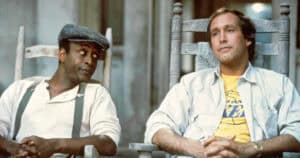
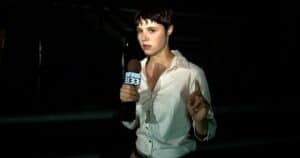
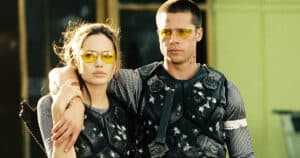
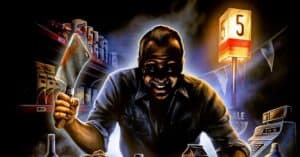
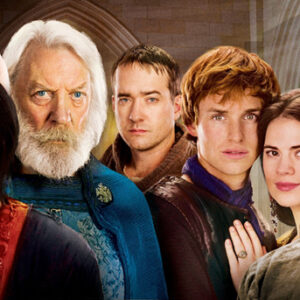
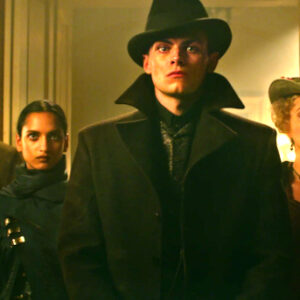
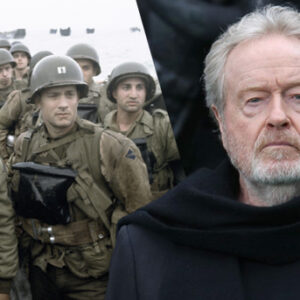
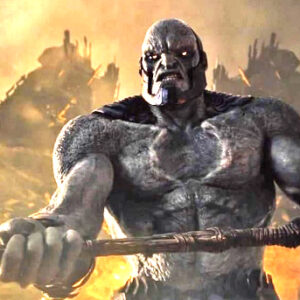
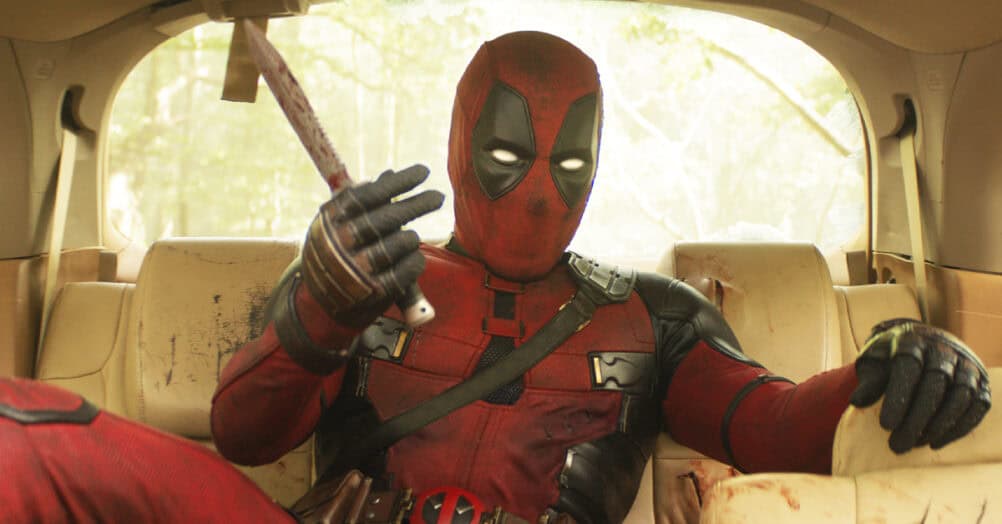

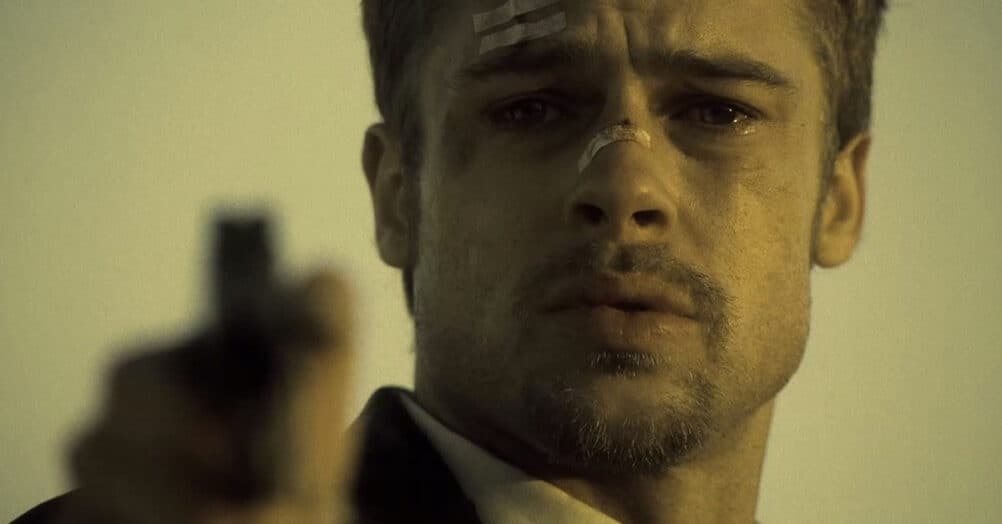
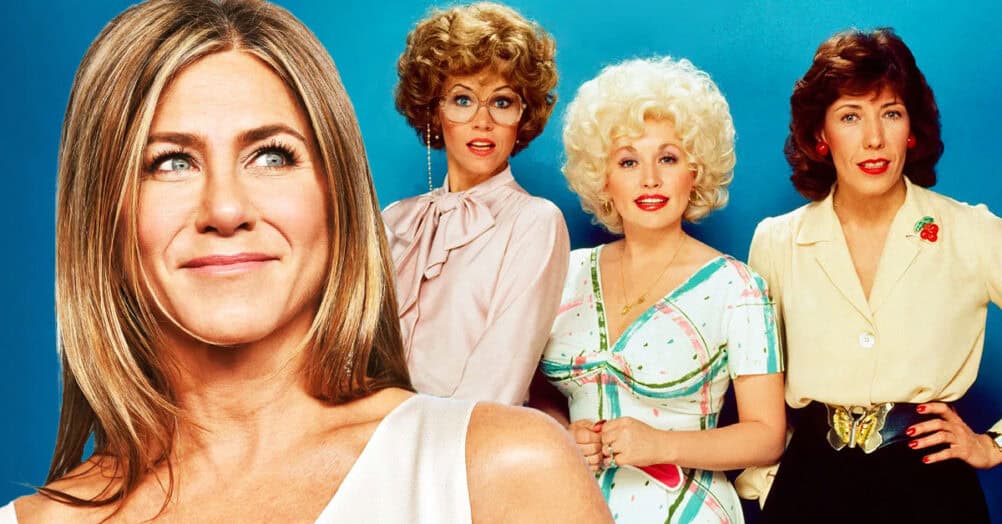
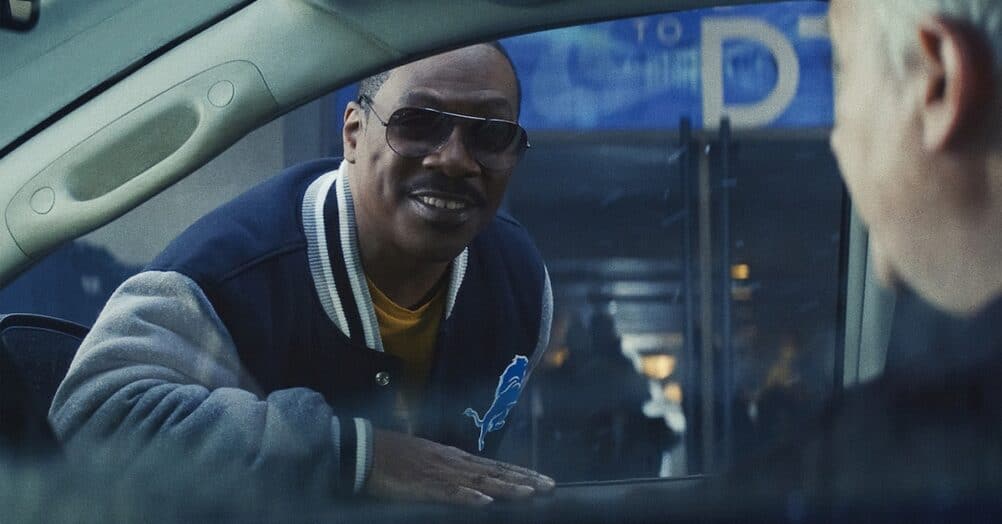

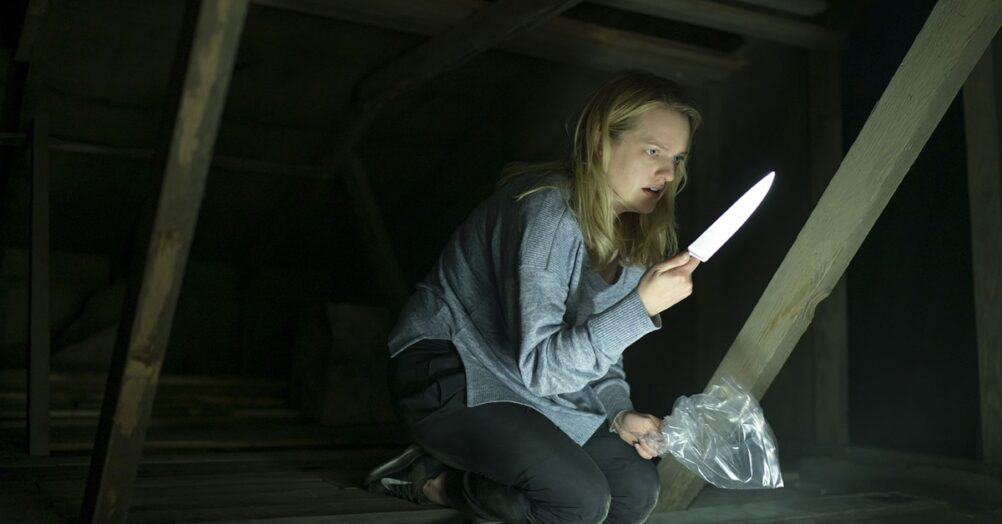
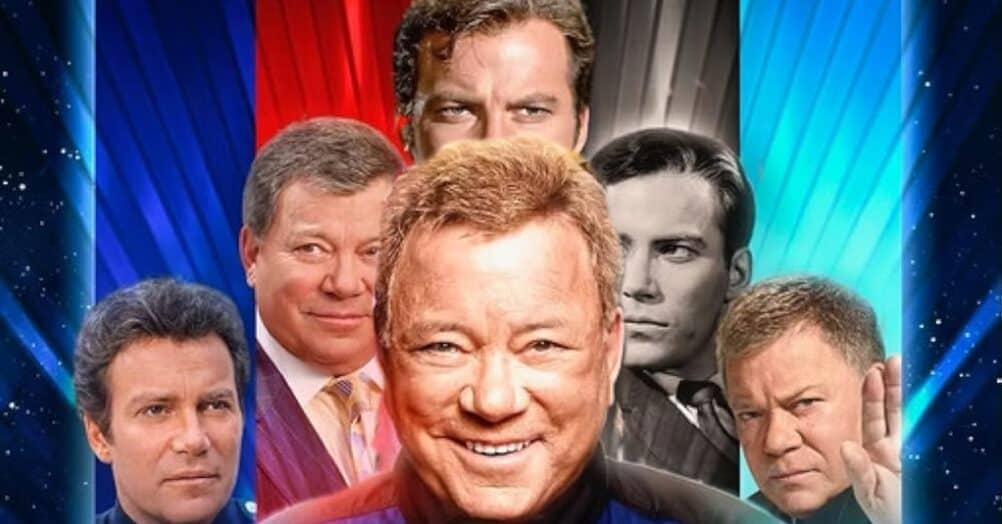

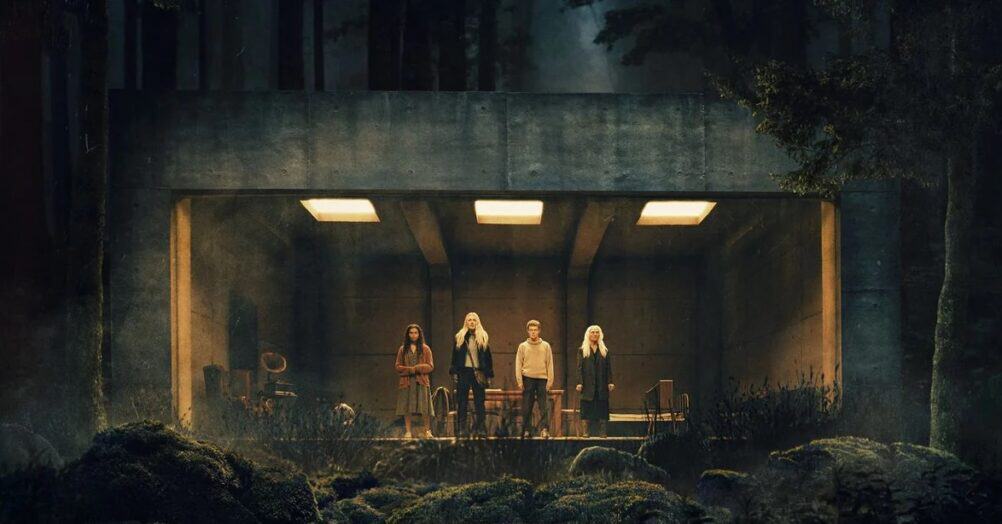
Follow the JOBLO MOVIE NETWORK
Follow us on YOUTUBE
Follow ARROW IN THE HEAD
Follow AITH on YOUTUBE